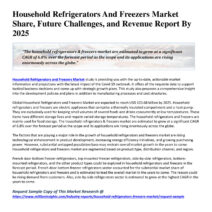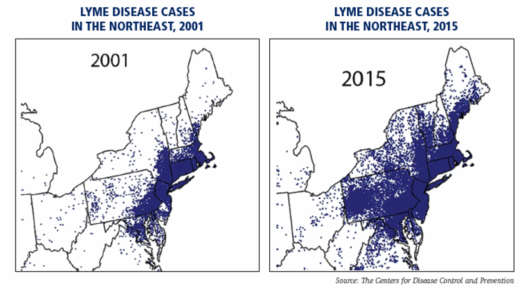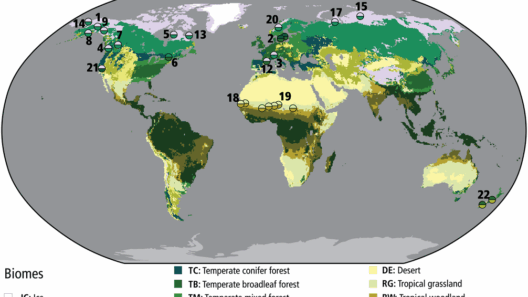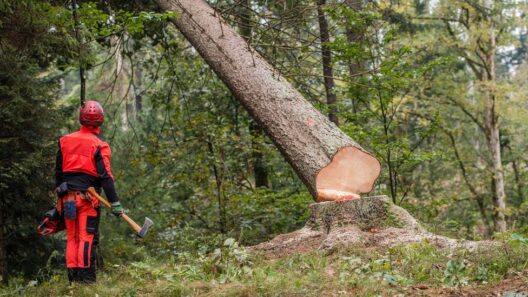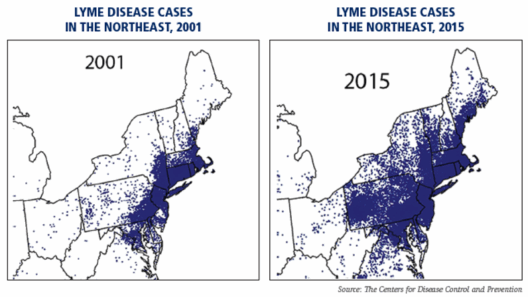Forest fires have become an increasingly alarming phenomenon, particularly in recent years, as vast expanses of land are engulfed in flames. These catastrophic events have grown in frequency, intensity, and scale, forming a worrisome pattern that underscores the intricate relationship between global warming and environmental degradation. Understanding how climate change exacerbates forest fires is paramount to addressing the underlying issues and mitigating future occurrences.
The proliferation of wildfires can be traced to several interrelated factors, one of the most significant being rising global temperatures. The Earth’s average temperature is climbing at an unprecedented rate, primarily due to the accumulation of greenhouse gases in the atmosphere. This warming trend has far-reaching consequences for ecosystems worldwide, altering weather patterns and exacerbating conditions conducive to wildfires.
The very nature of forests, which serve as vital carbon sinks, is being compromised by these changes. Warmer temperatures lead to drier soils and lowered humidity levels, creating an ideal breeding ground for fires. Consequently, the moisture content of forests decreases, making them more susceptible to ignition. This phenomenon is particularly evident in regions that, until recently, would have been relatively safe from such perilous events.
Moreover, increasing temperatures are accompanied by changes in precipitation patterns. Some areas experience drought conditions, while others may be subjected to heavy rainfall that fosters the growth of flammable vegetation. When these lush ecosystems face unanticipated dry periods, the excess plant material becomes fuel for fires. The cyclical nature of precipitation and temperature creates an environment that not only facilitates the ignition of wildfires but also enhances their intensity once they occur.
In addition to anthropogenic climate change, natural factors play a role in the ignition and proliferation of forest fires. Lightning strikes, for example, have historically been a primary cause of wildfires in remote areas. However, as climate change continues to alter weather patterns, the frequency of thunderstorms—often accompanied by dry lightning—has increased in certain regions. This convergence of natural phenomena and climate change creates a perfect storm for escalating forest fires.
Furthermore, the presence of invasive species complicates the dynamics of forest ecosystems. Many indigenous trees and plants are ill-equipped to survive in a warmer, drier climate, allowing invasive species to proliferate and dominate. These non-native plants are often more flammable than their native counterparts, increasing the overall fire risk within a given area. The resultant shift in forest composition can lead to sharper fire behavior, making suppression more difficult and dangerous.
Human activity exacerbates these natural processes, contributing to the increasing severity of forest fires. Urban expansion, land use changes, and unsustainable forestry practices disrupt natural fire regimes and alter the landscape in ways that elevate the likelihood of wildfires. As residential areas encroach upon forested land, the potential for catastrophic fires, which directly threaten human lives and property, becomes increasingly pronounced.
The economic impacts of intensified forest fires are staggering. The costs associated with fire suppression, property damage, and loss of timber resources can run into billions of dollars annually. Still, these financial ramifications do not capture the entirety of the crisis. Forest fires also have long-lasting effects on air quality, contributing to respiratory illnesses and climate-related health problems. Additionally, the loss of biodiversity and ecological integrity can hinder ecosystems’ ability to recover, thereby diminishing natural capital and threatening food security.
A critical component in addressing the issue of forest fires exacerbated by global warming is the implementation of effective mitigation and adaptation strategies. Sustainable forestry practices can help restore and maintain forest health, making ecosystems more resilient to the changes brought on by climate change. These strategies include controlled burns, selective logging, and reforestation, which actively contribute to the restoration of balance within ecosystems.
Moreover, enhancing our understanding of local fire dynamics through research and monitoring efforts is vital. By studying the intricate relationships between climate factors and wildfire behavior, scientists and policymakers can devise targeted prevention and response strategies. Public education and engagement are equally important, as communities must be prepared for the reality of living in fire-prone areas. Awareness campaigns can help promote safety measures and encourage responsible land management practices among property owners, thereby minimizing ignition sources.
On a broader scale, confronting climate change itself is imperative in reducing the severity and frequency of forest fires. Transitioning to renewable energy sources, reducing carbon emissions, and implementing policies that promote sustainability are essential steps toward mitigating the relentless march of global warming. Policies aimed at enhancing community resilience and ensuring adaptive capacity can significantly bolster our efforts to combat the impending threat posed by forest fires.
Ultimately, the nexus between forest fires and climate change is a multifaceted issue that demands immediate and sustained action. As the world grapples with the reality of rising temperatures and their far-reaching implications, it is crucial to recognize the interconnectedness of these challenges. Forests, ecosystems, and human interests are inextricably linked, and it is our responsibility to foster a harmonious relationship with our natural world. By addressing the root causes of escalating forest fires and prioritizing sustainable practices, we can pave the way for a more resilient future, where forests continue to thrive as essential components of our planet’s ecological balance.

